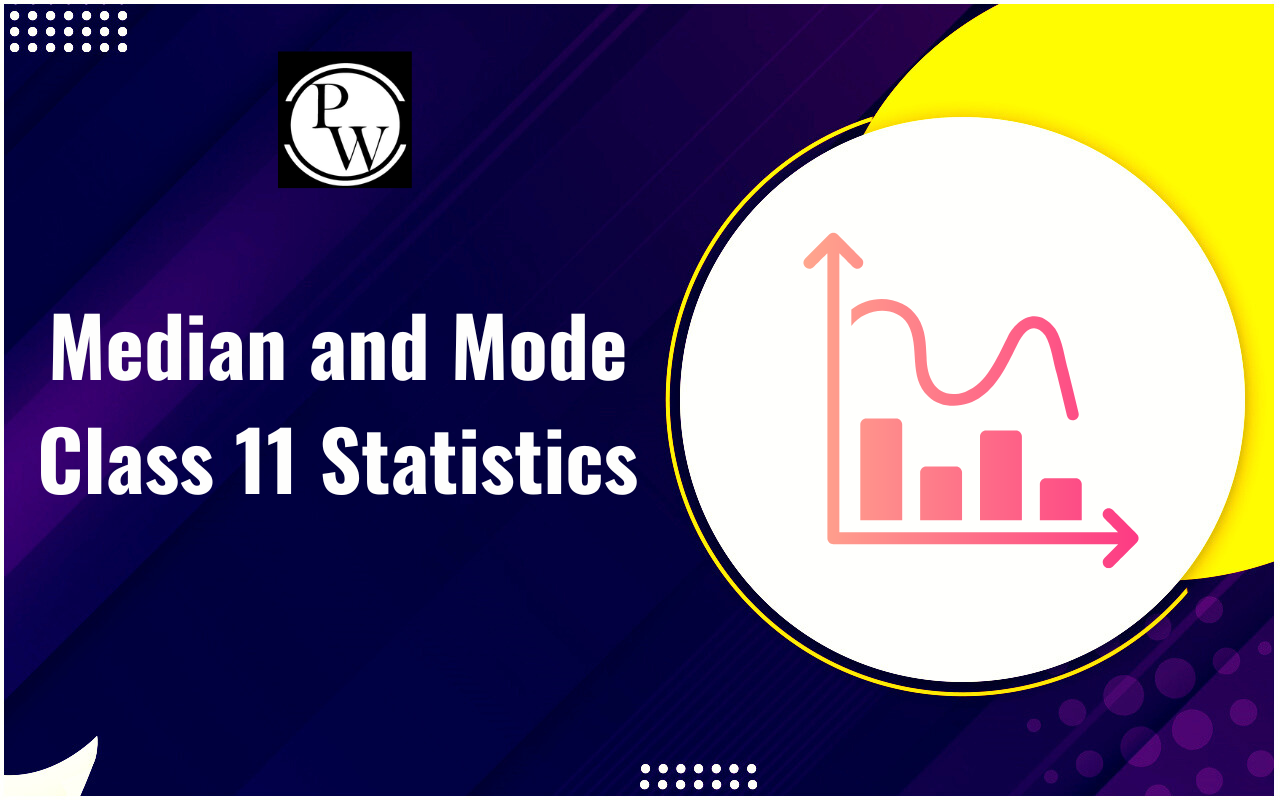
The term "depreciation" originates from the Latin word 'depretium,' combining 'De' meaning decline and 'pretium' meaning price. Consequently, 'depretium' signifies the decline in asset value. Depreciation denotes the reduction in a company's asset value over time due to factors like use, wear and tear, and obsolescence. Simply put, it is the systematic allocation of an asset's cost throughout its useful lifespan. Depreciation is consistently applied to the asset's original cost, not its current market value, and is annually calculated based on the depreciable amount.
Methods of Calculation of Depreciation
Businesses employ several ways of estimating depreciation according to their needs. The two most common techniques for estimating depreciation are as follows:- Straight Line Method
- Written Down Method
Straight Line Method
The straight-line method of depreciation also known as SLM, involves a consistent annual deduction of a fixed amount throughout an asset's useful life, aiming to bring the asset's value down to zero or its scrap value by the end of that period. Also referred to as the fixed instalment method, this approach evenly distributes the asset's cost over its entire lifespan. The underlying assumption is that the asset will deliver uniform economic benefits throughout its useful life, although achieving this may not always be feasible. To calculate the depreciation rate under this method, you can use the following formula: Depreciation = (Original Cost – Estimated Scrap Value) / Estimated Useful LifeUses:
- SLM finds common application in assets characterized by a steady rate of depreciation and a foreseeable useful life.
- Particularly suitable for assets such as buildings, office equipment, and vehicles, where significant technological advancements or substantial wear and tear are not anticipated.
- SLM is chosen when a uniform and predictable pattern of depreciation aligns with the nature of the asset .
Written Down Method
This depreciation method also known as WDV, involves deducting a fixed percentage from the diminishing value of an asset each year until its residual worth at the end of its useful life. Commonly referred to as the reducing balance or diminishing balance method, this technique results in a progressively decreasing annual depreciation charge. Consequently, the depreciation expense is higher in the early years compared to later ones. Despite this, the asset's value is not entirely depreciated under this method. The formula used to calculate the depreciation rate in this approach is as follows: Depreciation = (Original Cost – Estimated Scrap Value) * Rate of Depreciation.Uses:
- WDV is frequently employed for assets susceptible to swift depreciation or subject to rapid technological advancements.
- Well-suited for assets like computers, software, and machinery, where the decline in value is more pronounced in the initial years.
- WDV offers a more accurate reflection of an asset's genuine value, considering factors that influence its utility and worth over time.
Looking for the Best Commerce Coaching?
Enroll Now in PW Commerce Batches!
Advantages of the Straight Line Method
- SLM provides a structured and predictable approach for distributing depreciation expenses.
- This method is uncomplicated, making it well-suited for small businesses with limited accounting proficiency.
- SLM ensures a steady influence on financial statements, facilitating the analysis and comparison of assets over time.
Disadvantages of the Straight Line Method
- SLM does not accommodate the varying utility of an asset over time, neglecting factors like increased maintenance costs or obsolescence with age.
- The straight-line calculation may not accurately mirror an asset's genuine value, particularly in situations where depreciation is rapid initially and slows down later on.
Advantages of the Written Down Method
- WDV acknowledges that assets commonly depreciate more rapidly in their initial years and gradually in subsequent years, allowing for higher depreciation expenses early on, aligning with the asset's genuine decline in value.
- WDV factors in repairs, maintenance costs, and technological advancements, enhancing accuracy for assets susceptible to rapid obsolescence.
Disadvantages of the Written Down Method
- WDV involves a more intricate calculation process compared to SLM, introducing challenges in analysis and comparison due to varying depreciation rates.
- WDV may lead to fluctuating depreciation expenses, resulting in inconsistent impacts on financial statements, which can complicate financial analysis.
Difference Between Straight Line Method and Written Down Method
| Basis | Straight Line Method | Written Down Method |
| Meaning | The depreciation for any asset is a fixed and equal amount every year. | The depreciation for any asset is charged at a fixed rate but on the reducing value of the asset each year. |
| Depreciation Charged | Calculated on the original cost of the asset. | Calculated on the written-down value of the asset. |
| Amount of Depreciation | Same for every year. | Different for every year, higher in the initial year and gradually decreases. |
| Value of Asset | The value is completely written off. | The value is not entirely written off. |
| Burden | The cost of maintenance increases annually, adding to the company's burden. | The cost of maintenance increases annually, but depreciation decreases in later years, maintaining a relatively consistent burden throughout the year. |
| Tax Purpose | Not recognized by the Income Tax Department; not applicable for Income Tax purposes. | Recognized by the Income Tax Department; applicable for Income Tax purposes. |
| Read Related Topics | |||
| Marketing Concept | Scope of Financial Management | Accounting Formulas | Accounting for Partnership Firms |
| Accounting Process | Accounting Ratios | Market Economy | Market Equilibrium |
Straight Line Method and Written Down Method FAQs
What are the 3 depreciation methods?
The three depreciation methods are Straight Line Method (SLM), Written Down Value Method (WDV), and Units of Production Method.
What is WDV in depreciation?
WDV in depreciation stands for Written Down Value, a method where depreciation is calculated on the reduced value of an asset each year.
What is depreciation and its types?
Depreciation is the decrease in the value of an asset over time. Types include Straight Line, Diminishing Balance, and Units of Production.
Which depreciation method is best?
The best depreciation method depends on the nature of the asset and business preferences.
What is 20% depreciation?
20% depreciation implies that the asset's value decreases by 20% annually.
🔥 Trending Blogs
Talk to a counsellorHave doubts? Our support team will be happy to assist you!

Check out these Related Articles
Free Learning Resources
PW Books
Notes (Class 10-12)
PW Study Materials
Notes (Class 6-9)
Ncert Solutions
Govt Exams
Class 6th to 12th Online Courses
Govt Job Exams Courses
UPSC Coaching
Defence Exam Coaching
Gate Exam Coaching
Other Exams
Know about Physics Wallah
Physics Wallah is an Indian edtech platform that provides accessible & comprehensive learning experiences to students from Class 6th to postgraduate level. We also provide extensive NCERT solutions, sample paper, NEET, JEE Mains, BITSAT previous year papers & more such resources to students. Physics Wallah also caters to over 3.5 million registered students and over 78 lakh+ Youtube subscribers with 4.8 rating on its app.
We Stand Out because
We provide students with intensive courses with India’s qualified & experienced faculties & mentors. PW strives to make the learning experience comprehensive and accessible for students of all sections of society. We believe in empowering every single student who couldn't dream of a good career in engineering and medical field earlier.
Our Key Focus Areas
Physics Wallah's main focus is to make the learning experience as economical as possible for all students. With our affordable courses like Lakshya, Udaan and Arjuna and many others, we have been able to provide a platform for lakhs of aspirants. From providing Chemistry, Maths, Physics formula to giving e-books of eminent authors like RD Sharma, RS Aggarwal and Lakhmir Singh, PW focuses on every single student's need for preparation.
What Makes Us Different
Physics Wallah strives to develop a comprehensive pedagogical structure for students, where they get a state-of-the-art learning experience with study material and resources. Apart from catering students preparing for JEE Mains and NEET, PW also provides study material for each state board like Uttar Pradesh, Bihar, and others
Copyright © 2025 Physicswallah Limited All rights reserved.









